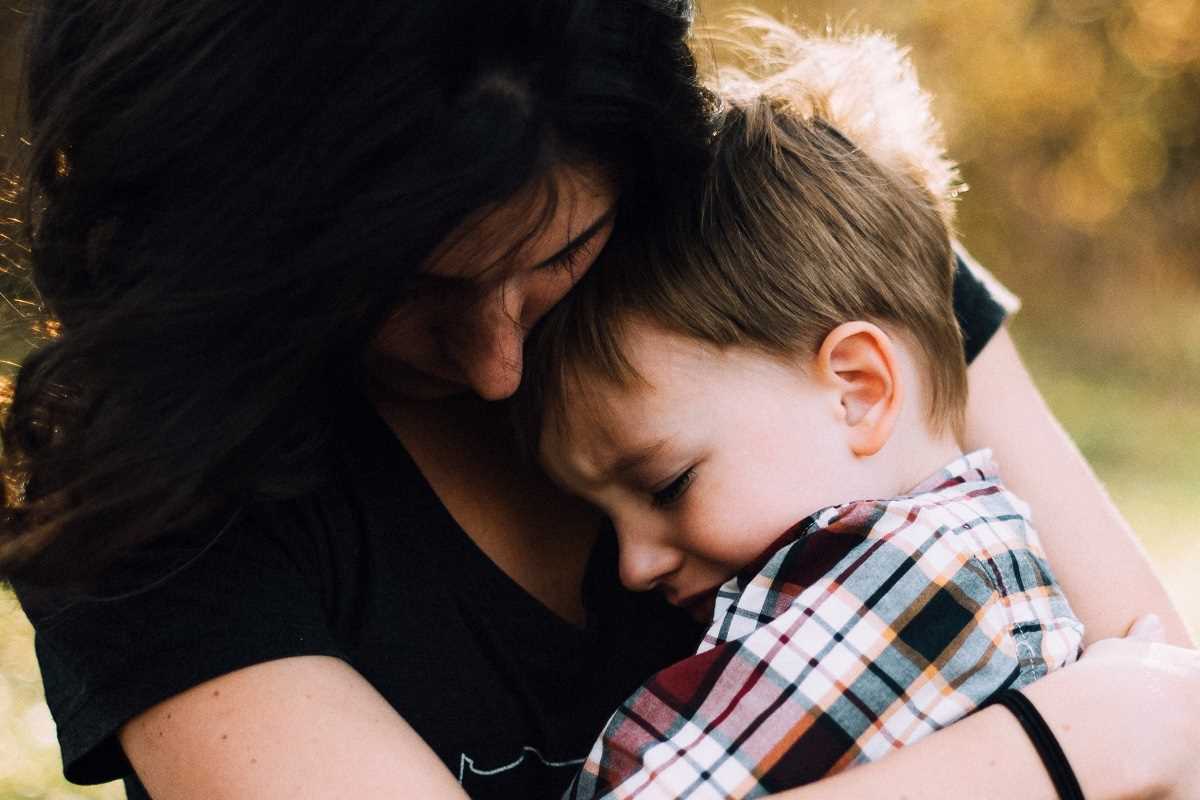Moving to a new home is a significant life event—one that can bring excitement and opportunity but also stress and uncertainty, particularly for young children. For kids, home is their safe haven, filled with familiar routines, people, and surroundings. Leaving it behind can feel unsettling and overwhelming. Understanding the emotional challenges children face during a move and taking steps to support them through this transition can make a world of difference in helping them adapt.
This article explores the unique ways children experience the stress of moving and provides actionable strategies for parents to ease the process. By preparing thoughtfully, offering consistent reassurance, and fostering positive connections to the new home, you can help your child adjust smoothly while maintaining their sense of security.
Why Moving Can Be Stressful for Young Children
For children under the age of ten, moving involves losses they may not fully understand or know how to articulate. They’re leaving behind a familiar environment, neighborhood friends, school, and even small details like their bedroom or favorite park. These elements form the foundation of their sense of stability, so uprooting them can be a major emotional upheaval.
Children may worry about fitting in at a new school, making new friends, or whether their cherished belongings will come with them. Because they often rely on routine to feel grounded, the disruption to their daily schedule can amplify fears and uncertainties.
Common emotional challenges include:
- Sadness and grief over leaving beloved people or places behind.
- Anxiety about what the new home, school, or neighborhood will be like.
- Anger or defiance, which can manifest as resistance to the move.
- Confusion about why they have to leave their current home.
Recognizing these emotions as normal can help parents respond constructively. With patience and understanding, it’s possible to reduce the stress of moving and even create excitement about the change.
Signs of Stress in Young Children
Stress may not always show up as obvious sadness or anxiety—it often manifests in behaviors that reflect underlying feelings. Here are some signs your child might be struggling:
- Increased clinginess or seeking constant reassurance
- Trouble sleeping, nightmares, or regressive behaviors like bedwetting
- Difficulty managing emotions, resulting in tantrums or mood swings
- Loss of appetite or changes in eating habits
- Withdrawal from activities or reluctance to talk about the move
These behaviors are your child's way of expressing feelings they might not have the words to describe. Acknowledging their concerns and providing emotional support can help them feel heard and understood during this big transition.
Preparing Your Child Before the Move
Setting the stage for a smoother move begins well before the moving truck arrives. Helping your child feel included and prepared can ease their anxiety about the unknown.
1. Break the News Gently and Early
Share the news of the move as early as possible so your child has time to process it. Use simple, age-appropriate language, like, “We’re moving to a new house because Dad got a new job,” or “We will have more space in our new home.” Encourage questions and answer them with honesty while keeping your tone positive.
2. Acknowledge Their Feelings
Reassure your child that it’s normal to feel upset, scared, or sad about the move. Say things like, “I know you’re nervous about leaving your school and friends, and it’s okay to feel that way.” Validation can go a long way in helping children cope with their emotions.
3. Provide Consistent Reassurance
Young kids need to know that the things they care about most—your presence, family routines, and their cherished belongings—will stay constant. Say, “Your toys and books are coming with us,” or “We’re bringing your bed and decorating your room together.”
4. Give Them Some Control
Feeling helpless often magnifies stress. Give your child age-appropriate choices to empower them. For instance, they can decide how to decorate their new room, pack a special moving-day bag with their favorite toys, or help label boxes.
5. Introduce the New Home and Community
If possible, take your child to visit the new home and neighborhood before moving day. Show them their new room, the closest playground, or where they’ll eat lunch after school. If an in-person visit isn’t feasible, use photos or videos to provide a preview.
Transitioning to the New Home
The first few weeks in the new home are critical for helping your child feel settled. Keep routines intact, create opportunities for excitement, and nurture meaningful connections to the new environment.
1. Stick to Routines
Children find comfort in predictable routines, and maintaining familiar habits can ease the transition. Try to keep mealtime, playtime, storytime, and bedtime schedules as close to normal as possible during and after the move.
2. Unpack Their Space First
Prioritize your child’s room when unpacking. Seeing their bed, stuffed animals, and favorite posters in place right away helps the new house feel like home. Collaborate with them on the setup to give them ownership of the space.
3. Explore Together
Turn exploring the new neighborhood into an adventure. Go for walks to discover nearby parks, libraries, or fun spots like an ice cream shop. Point out elements of the community that might excite them, like a baseball field or local pool.
4. Encourage New Friendships
If your child is starting at a new school or daycare, contact teachers or other parents to help arrange a few early playdates. Kids often adjust faster once they form connections with peers.
5. Help Them Stay Connected
Leaving old friends behind is tough. Facilitate staying connected through video calls, letters, or planned visits. Knowing they can maintain these relationships might reduce their anxieties about saying goodbye.
Long-Term Approaches for Building Stability
While settling in takes time, consistency and open communication will nurture your child’s emotional health throughout the transition.
1. Be Patient with Regression
It’s not unusual for children to regress after a move, such as wanting more attention, reverting to old habits, or throwing tantrums more often. Respond with patience and empathy rather than frustration—this is usually a temporary response to stress.
2. Keep Communication Open
Check in regularly about your child’s feelings, even after the initial excitement of the move has passed. Ask questions like, “What do you think about your new school?” or “Is there anything you’re missing from our old home?”
3. Create Positive New Memories
Host a family movie night, decorate cookies together, or start a garden in the backyard. Positive experiences in the new home help replace the sadness of leaving the old one.
4. Model Optimism
Your emotions can influence your child’s outlook, so try to stay positive about the move. Talk about the opportunities a new home brings, like making new friends or designing a brand-new room together.
5. Seek Professional Help if Needed
If your child struggles to adjust even with your support—especially if signs of stress persist for months—it may be helpful to consult a therapist who specializes in childhood transitions.
Moving to a new home is a big change for young children, but with the right strategies, you can help make it a manageable—and even exciting—transition. By involving your child in the process, addressing their worries with empathy, and maintaining a sense of stability, you provide the tools they need to thrive in their new environment. Over time, the new house will feel less like an unfamiliar place and more like the safe, cherished home your child needs to grow and flourish.
 (Image via
(Image via





